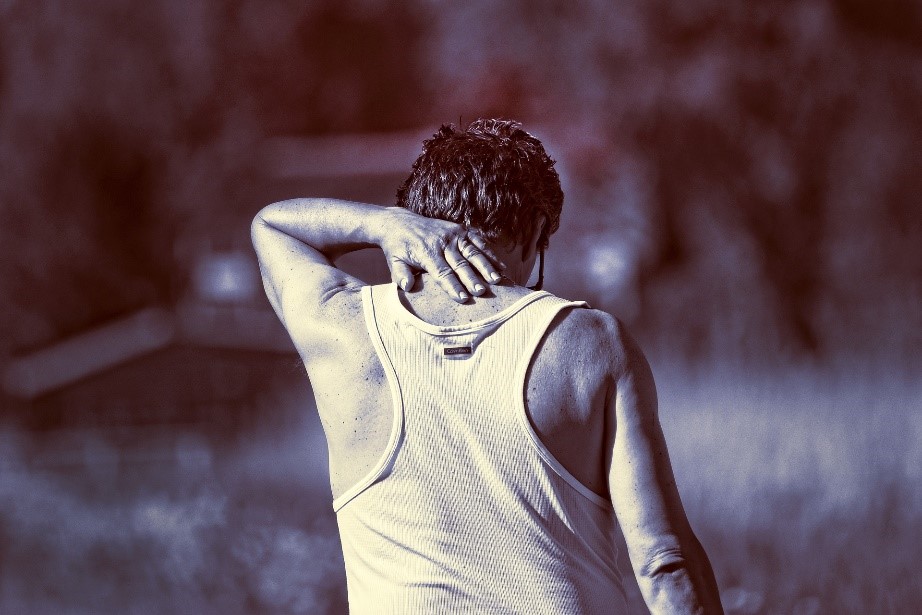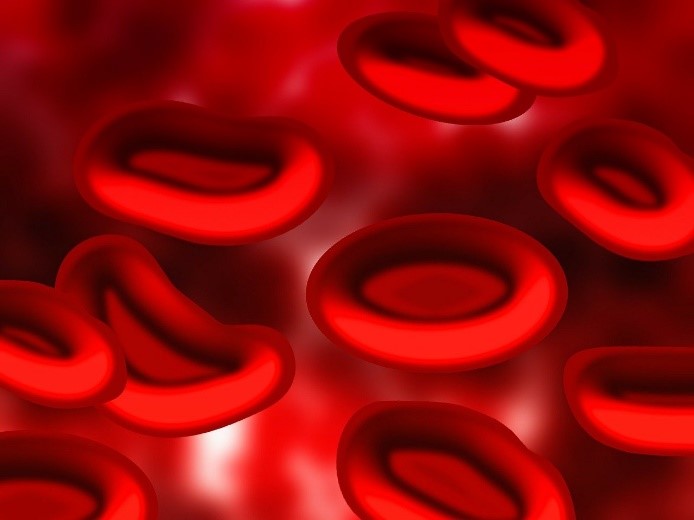Epidermolysis bullosa
Others
3. Itch prevention and environmental management
Nowadays, there are multiple behavioural and environmental approximations to prevent the appearance of itchiness. Considering the multifactorial origin of itching in EB, it is important to bear in mind that their effectiveness is variable and that they should always be adapted to each person and/or family, in combination with other measures that will be described later, under the supervision of your healthcare team.
- Hygiene and skin cleanliness. It is recommended not to add bathing oils not using soaps, especially on younger children.
- Hydration.
- Systemic. Drink an adequate amount of water.
- Topic. It is recommended to properly hydrate the skin, making a proper use of the emollients (which will be detailed later).
- Adequate treatment of the wounds.
- Prevention and treatment of the infections and helping the cicatrization process.
- It is recommended to softly debride the necrotic areas of with dry scabs. In the cure, all the non-useful organic remains (scabs, dry skin, remains of dry exudate, etc.) should be properly removed to keep the wound cleaner and avoid associated itching, as well as the added risk of infection.
- Use optimal dressings, non-adhesive and with good moisture management: avoid them sticking to the skin to avoid painful cures.
- Avoid the injury to the skin associated to scratching.
- Keep short and properly filednails, as well as clean to avoid serious injuries in case of scratching.
- Use occlusive barriers on the skin (dressings, bandages, etc.), as well as cotton gloves to protect from scratching at night.
- Instead of scratching the skin, perform small taps to calm the unpleasant sensation.

- Avoid overheating and use measures to keep the body on a cool temperature.
- Use lightweightadjustablebedding. Use cotton and/or natural fibers blankets. Specialpillows are also recommended in the warmer months.
- Wear light and looseclothing, made of natural fibers such as cotton and/or linen if possible (avoid wool products). It is recommended to dress "in layers" to remove the pieces of clothing or put them on if necessary. There are special clothing items, of different brands and variable availability depending on the country where you live, with anti-pruritic qualities; Keep in mind that they are usually expensive products.
- Avoid hot baths (the water should be between 35 and 37ºC) and/or of long duration (it is recommended that they last less than 30 minutes).
- Avoid sudden temperature changes and environments with excess heat as much as possible. It is recommended the use of fans and/or evaluate the investment in air conditioning, especially during warm months in the more extreme climates.
- Avoid very dry environments and keep a humid environment (with humidifiers, under professional supervision).
- It is recommended to use soft, non-fragrant cleaning products if possible. The use of irritant cleaning products should be avoided to wash the bedding and/or clothes of the people with EB, as well as washing all the clothing items (including socks) with cleaning products for infant clothes or sensitive skin. It is important to keep in mind that it might take some time until the body is sensitized to a product so it could be that itchiness does not appear until some time after the introduction of a new product.
- Keeping an optimal nutritional state, treating the factors that difficult wound healing like malnutrition and iron deficiency anaemia. It is recommended to avoid spicy meals and alcoholic drinks.
- Since stress can increase the experience of itching, it is recommended to favour relaxed environments and offer relaxation techniques and other stress management methods. Distraction techniques are also recommended before the appearance of itchiness or the moment it appears, favouring the sleep routine.

Last modified
02 April 2025